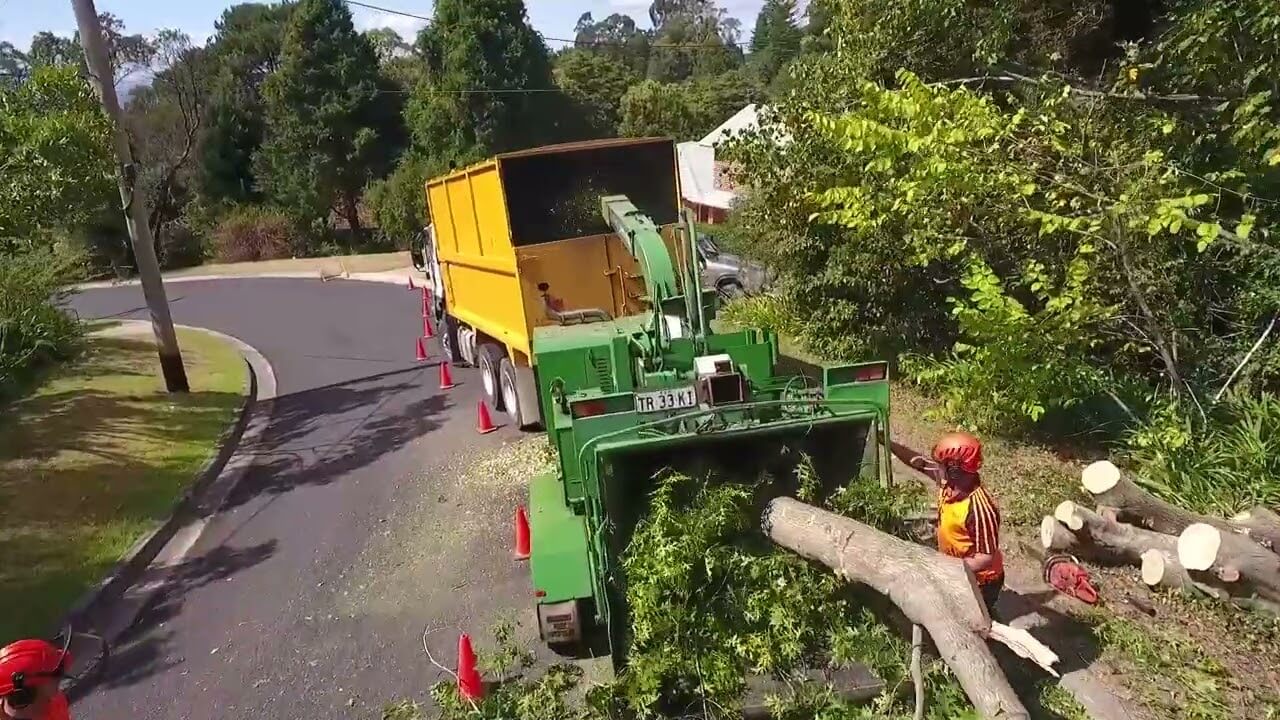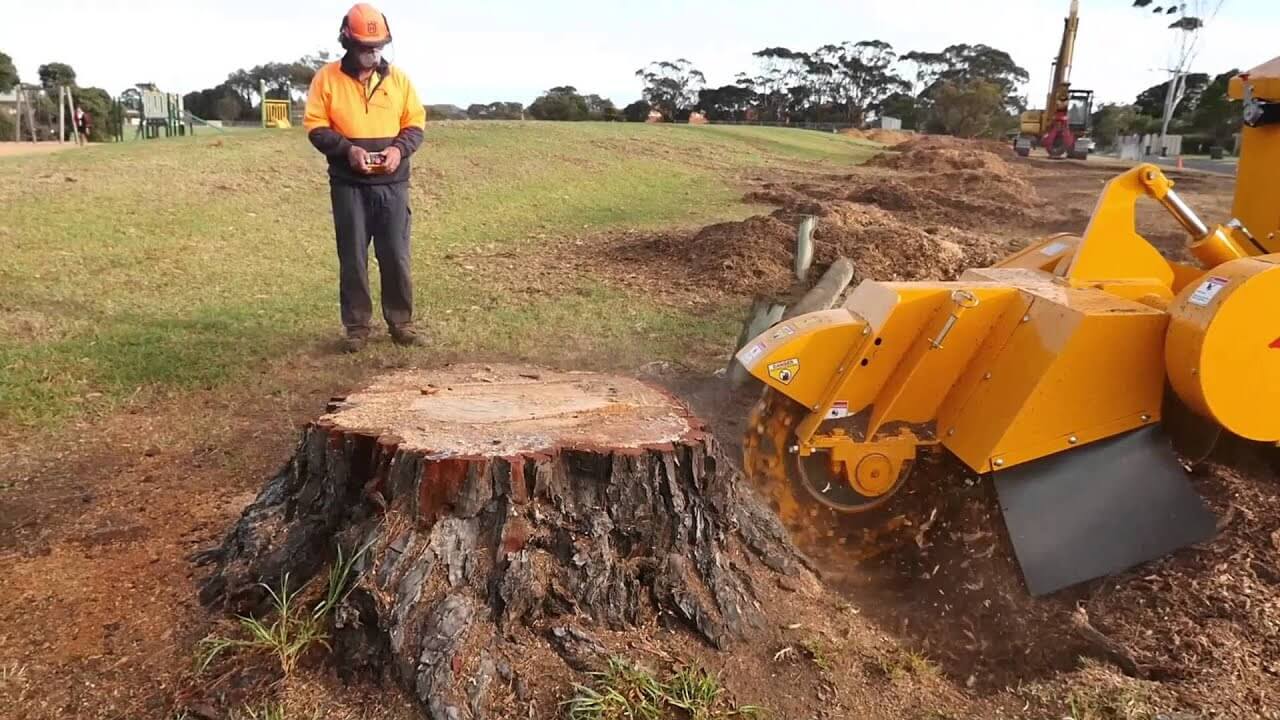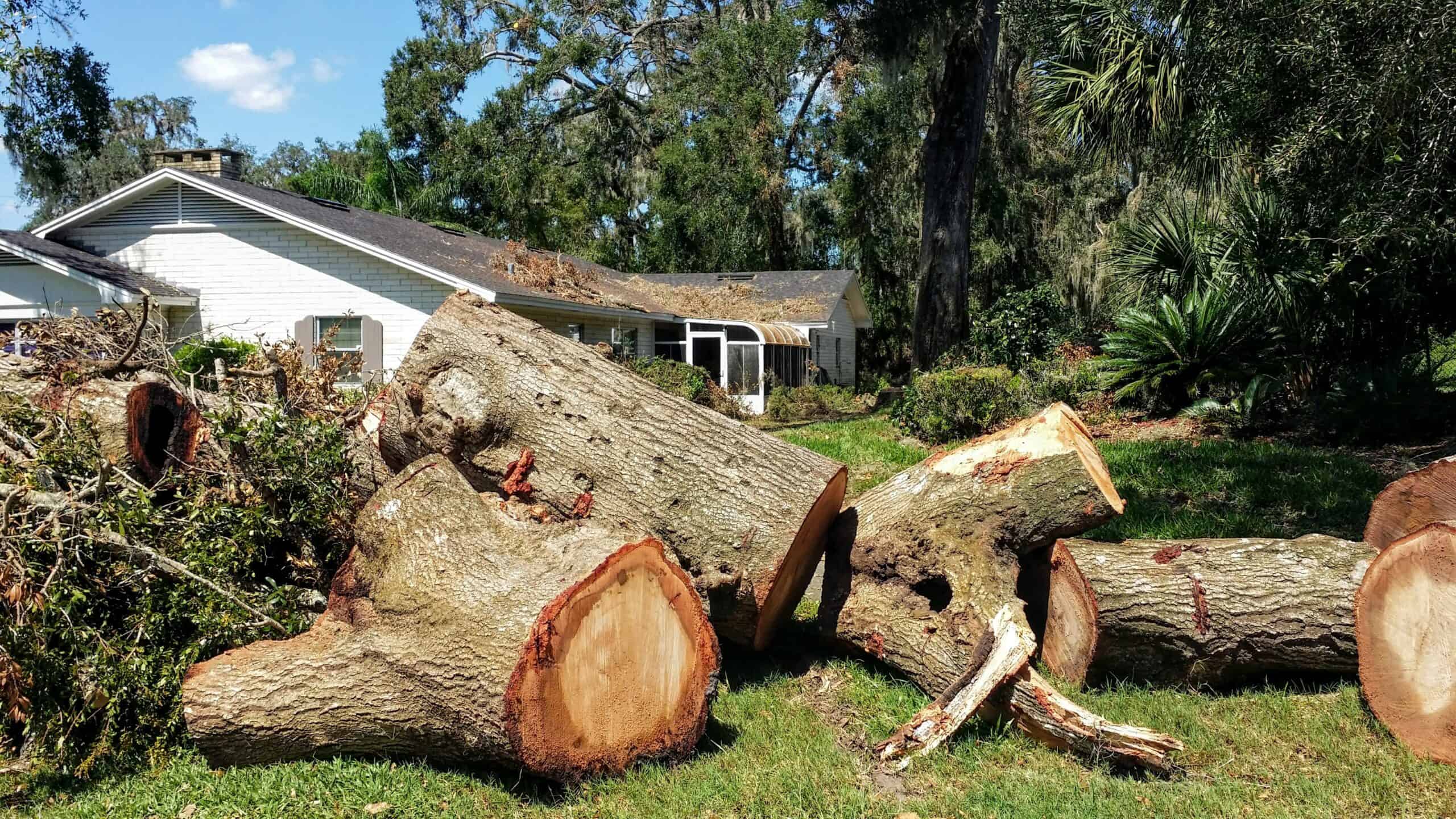Trees play a crucial role in coastal ecosystems, providing habitat, preventing erosion, and contributing to the overall health and beauty of the landscape. However, there are times when tree removal becomes necessary for the well-being of the surrounding environment and communities.
Understanding the importance of tree removal Central Coast areas is essential to maintain the delicate balance between human development and ecological preservation.
Understanding the Importance of Tree Removal
The Role of Trees in Coastal Ecosystems
Coastal ecosystems are unique and highly dynamic environments where trees act as essential components. They stabilize the soil, prevent erosion, and reduce the impact of storms by acting as windbreaks. Trees also provide shade and shelter for a diverse range of wildlife and contribute to the overall biodiversity of the area.
One of the key roles that trees play in coastal ecosystems is soil stabilization. The root systems of trees help to hold the soil in place, preventing erosion caused by strong coastal winds and waves. This is particularly important in areas where the coastline is vulnerable to erosion, as trees act as a natural barrier, protecting the land from being washed away. Click here for the importance of professional tree removal.
In addition to soil stabilization, trees also play a crucial role in reducing the impact of storms. Their dense canopies act as windbreaks, slowing down the force of the wind and reducing the risk of damage to surrounding structures. This is especially important in coastal areas, where storms can be particularly severe.
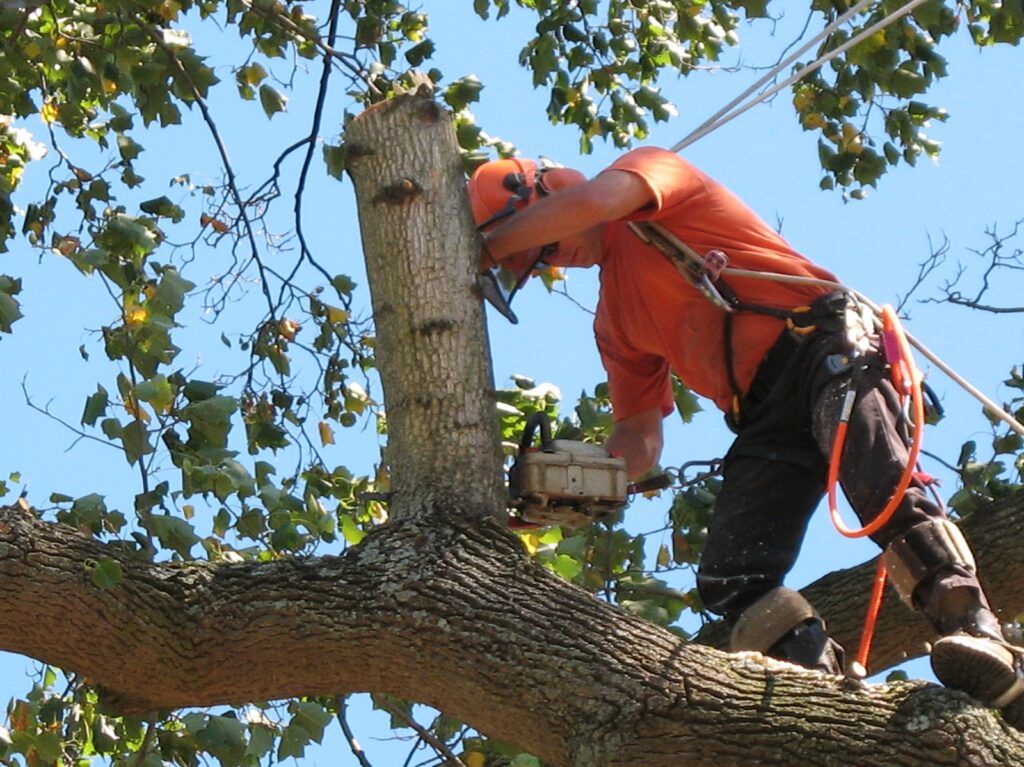
Furthermore, trees provide shade and shelter for a diverse range of wildlife. Coastal ecosystems are home to a wide variety of species, including birds, mammals, and reptiles. These animals rely on trees for nesting, roosting, and foraging, making them an integral part of the coastal ecosystem.
Reasons for Tree Removal in Coastal Areas
Despite their importance, there are various circumstances that may require the removal of trees on the central coast. These reasons often revolve around ensuring public safety, protecting infrastructure, or restoring the ecological integrity of the area. Trees damaged by storms, diseased or dying trees, and invasive species are common candidates for removal to prevent hazards or protect native flora and fauna.
When trees are damaged by storms, they can become unstable and pose a threat to public safety. In such cases, it is necessary to remove the trees to prevent them from falling and causing harm to people or property. This is particularly important in coastal areas, where strong winds and heavy rains can weaken trees and make them more susceptible to toppling over.
Diseased or dying trees also need to be removed to maintain the overall health of the coastal ecosystem. These trees can become breeding grounds for pests and diseases, which can spread to other trees and cause further damage. By removing diseased or dying trees, the spread of pests and diseases can be controlled, helping to protect the remaining trees and preserve the ecological balance of the area.
Invasive species are another reason for tree removal in coastal areas. These non-native plants can outcompete native species for resources, leading to a decline in biodiversity. Removing invasive species and replacing them with native trees helps to restore the ecological integrity of the area and promote the growth of native flora and fauna.
The Process of Tree Removal
Initial Assessment and Planning
Before any tree removal takes place, it is critical to conduct a thorough assessment of the tree and its surroundings. Certified arborists evaluate the health, structure, and location of the tree to determine the appropriate course of action. This assessment ensures that the removal process is efficient, effective, and minimizes disturbance to the surrounding environment.
During the initial assessment, the arborists carefully inspect the tree, looking for signs of disease, decay, or structural instability. They examine the roots, trunk, and branches, assessing the overall health and stability of the tree. This evaluation helps them determine if the tree poses any potential risks, such as falling branches or uprooting during storms.
Furthermore, the arborists consider the location of the tree and its proximity to structures, power lines, and other trees. They take into account any potential obstacles or hazards that may affect the removal process. This comprehensive evaluation allows the arborists to develop a detailed plan that ensures the safe and efficient removal of the tree.
Execution of Tree Removal
Tree removal is a meticulous process that requires skilled professionals and specialized equipment. Depending on the size and location of the tree, techniques such as climbing, aerial lifts, or cranes may be employed. Experienced tree removal teams carefully dismantle the tree to avoid damage to nearby structures and minimize impact on the surrounding landscape.
When it comes to smaller trees, arborists may use climbing techniques to access the tree and remove it in sections. They utilize ropes, harnesses, and other safety equipment to ensure their own safety while working at heights. By carefully cutting and lowering each section of the tree, they prevent any damage to the surrounding area.
For larger trees or those in hard-to-reach areas, aerial lifts or cranes may be utilized. These specialized equipment allow the arborists to safely access and remove the tree from above. The use of aerial lifts or cranes not only ensures the safety of the workers but also minimizes the risk of damage to nearby structures or landscapes.
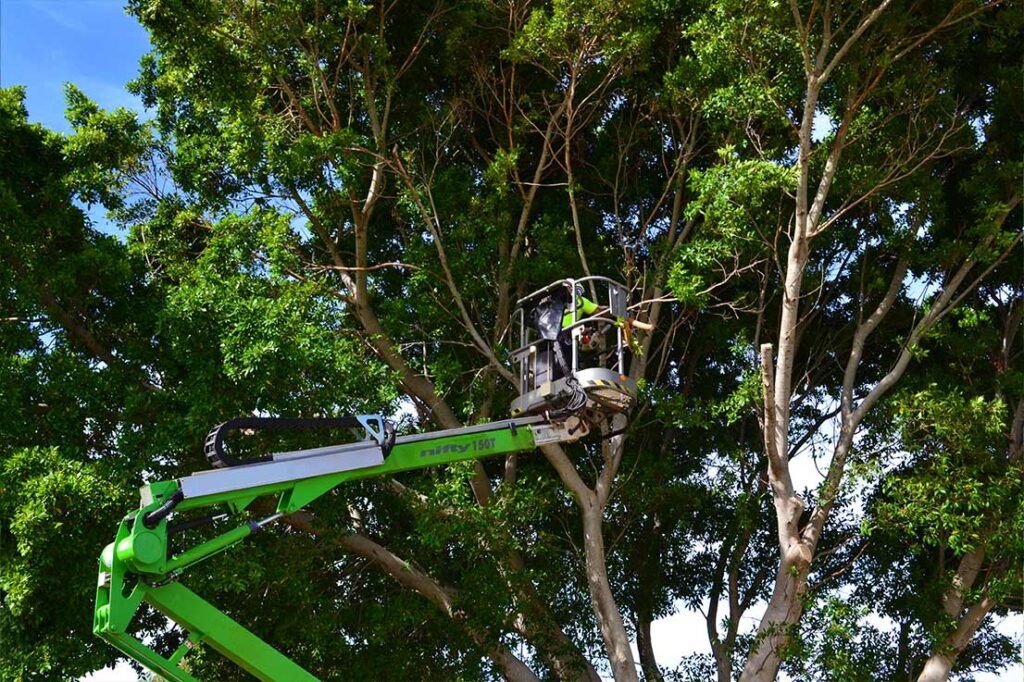
Throughout the tree removal process, the arborists pay close attention to the surrounding environment. They take measures to protect nearby plants, shrubs, and structures from any potential damage. Additionally, they ensure that any debris or branches are properly disposed of, leaving the area clean and free from hazards.
After the tree has been successfully removed, the arborists may also offer stump removal or grinding services to complete the process. This involves the use of specialized equipment to remove the remaining stump or grind it down to ground level. By removing the stump, the arborists eliminate any potential tripping hazards and allow for future landscaping or construction in the area.
In conclusion, the process of tree removal involves a thorough initial assessment and planning phase, followed by the meticulous execution of the removal itself. Skilled arborists utilize their expertise and specialized equipment to ensure the safe and efficient removal of trees, while minimizing any impact on the surrounding environment.
Safety Measures in Tree Removal
Tree removal is a complex task that requires careful planning and execution to ensure the safety of both the removal team and the surrounding area. In order to carry out this task efficiently and effectively, a range of equipment and tools specifically designed for safety are utilized.
Equipment and Tools for Safe Tree Removal
One of the most essential tools in tree removal is the chainsaw. This powerful tool allows the removal team to cut through the trunk and branches of the tree with precision and control. However, using a chainsaw requires proper training and expertise to avoid accidents and injuries.
In addition to chainsaws, rigging systems are also commonly used in tree removal. These systems allow the removal team to safely lower large branches or sections of the tree to the ground, minimizing the risk of damage to surrounding structures or vegetation. Rigging systems consist of ropes, pulleys, and other specialized equipment that enable controlled lowering of heavy loads.
Personal protective gear is another crucial aspect of tree removal safety. This includes items such as hard hats, safety glasses, ear protection, and gloves. These protective measures help to minimize the risk of head injuries, eye injuries, hearing damage, and cuts or abrasions.
Safety Protocols for Tree Removal Teams
Tree removal teams follow strict safety protocols to mitigate risks and minimize potential hazards. These protocols are in place to ensure the safety of the removal team, as well as the surrounding property and individuals. By adhering to these protocols, the team can carry out the tree removal process in a controlled and safe manner.
One important safety protocol is to keep a safe distance from power lines. Trees that are located near power lines pose a significant risk, as contact between the tree and the power lines can result in electrocution or power outages. Tree removal teams are trained to identify and assess the proximity of power lines before commencing any removal work.
Establishing work zones is another crucial safety measure in tree removal. By cordoning off the area around the tree being removed, the team can ensure that no unauthorized individuals enter the work zone, reducing the risk of accidents or injuries. This also helps to create a clear and organized workspace for the removal team to operate in.
Effective communication is key to maintaining a safe working environment during tree removal. The team members must be able to communicate clearly and efficiently with each other to coordinate their actions and ensure that everyone is aware of potential hazards. This can be achieved through the use of hand signals, two-way radios, or other communication devices.
Regular training and certification processes are essential to ensure that tree removal teams are up-to-date with the latest safety standards and best practices. By undergoing regular training, team members can refresh their knowledge and skills, as well as learn about any new developments or techniques in the field of tree removal safety.
In conclusion, tree removal is a task that requires careful planning, the use of specialized equipment, and adherence to strict safety protocols. By utilizing the right tools and following established safety measures, tree removal teams can carry out their work in a safe and efficient manner, minimizing risks and ensuring the well-being of all involved.
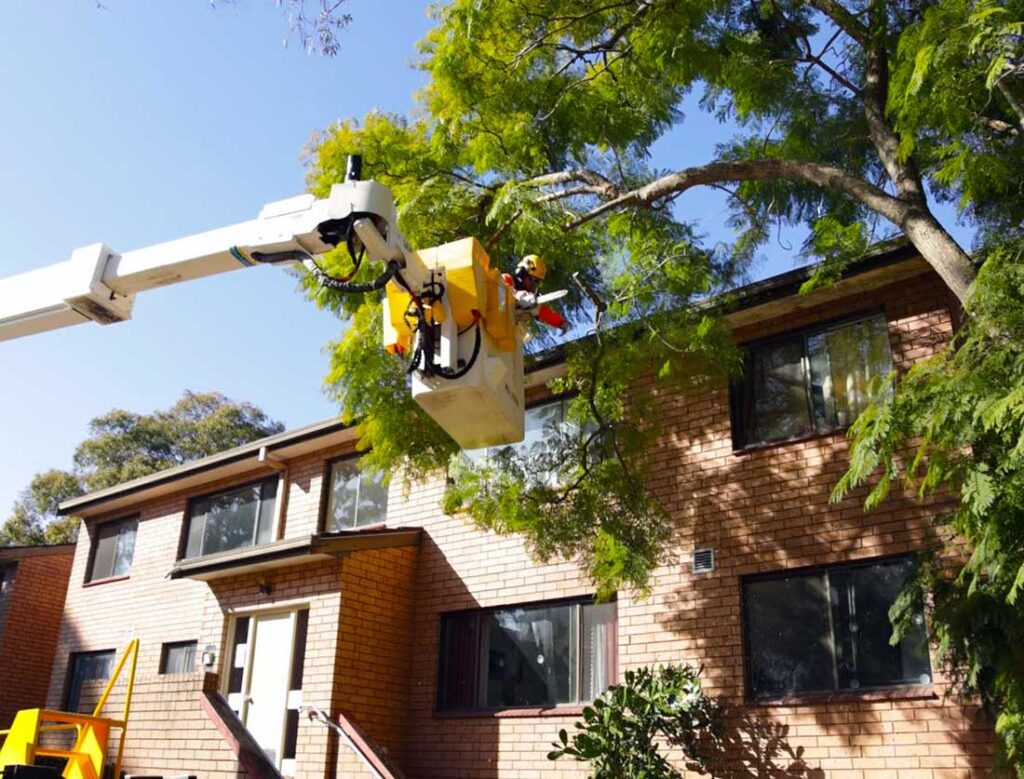
Environmental Impact of Tree Removal
Short-Term and Long-Term Effects on Local Wildlife
While tree removal has its benefits, it can also have short-term and long-term effects on local wildlife. Immediate impacts include displacement or loss of habitat for animals that rely on trees for food and shelter. However, in the long run, carefully managed tree removal can promote the growth of new vegetation, attracting a diverse range of wildlife to the restored area.
Measures to Minimize Environmental Disruption
To minimize the environmental disruption caused by tree removal, mitigation measures are put in place. These may include replanting native tree species, establishing buffer zones, and creating alternative wildlife habitats. These proactive steps help preserve the ecological balance and ensure the long-term health of the coastal environment.
Tree Replacement and Landscape Restoration
Selecting Suitable Tree Species for Replanting
After tree removal, it is vital to replace the removed trees with suitable species for the coastal environment. Native trees that are well-adapted to the region’s climate, soil conditions, and wildlife needs are selected. This careful selection ensures successful replanting and encourages the growth of a resilient coastal canopy.
Techniques for Restoring the Coastal Landscape
Restoring the coastal landscape after tree removal requires a thoughtful approach. Techniques such as soil erosion control, reseeding native plants, and implementing sustainable irrigation practices are employed. These methods aid in the establishment of a healthy and vibrant coastal ecosystem, ultimately contributing to the overall well-being of the central coast.
Coastal canopy care entails understanding the significance of tree removal in maintaining the coastal ecosystem’s integrity. By following careful planning and execution processes, prioritizing safety, and considering the environmental impacts, tree removal can be carried out responsibly. The restoration of the coastal landscape through tree replacement further ensures the preservation of this invaluable natural resource for generations to come.

